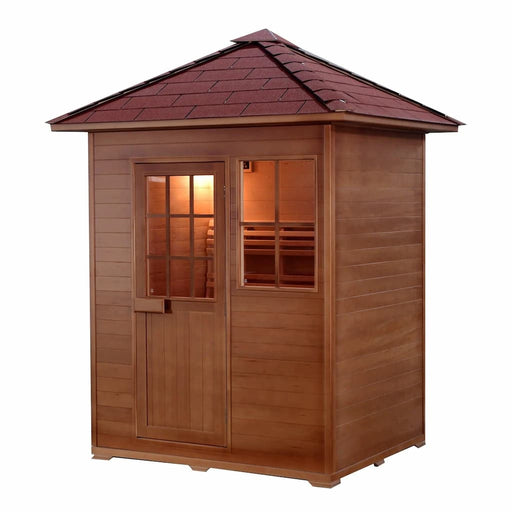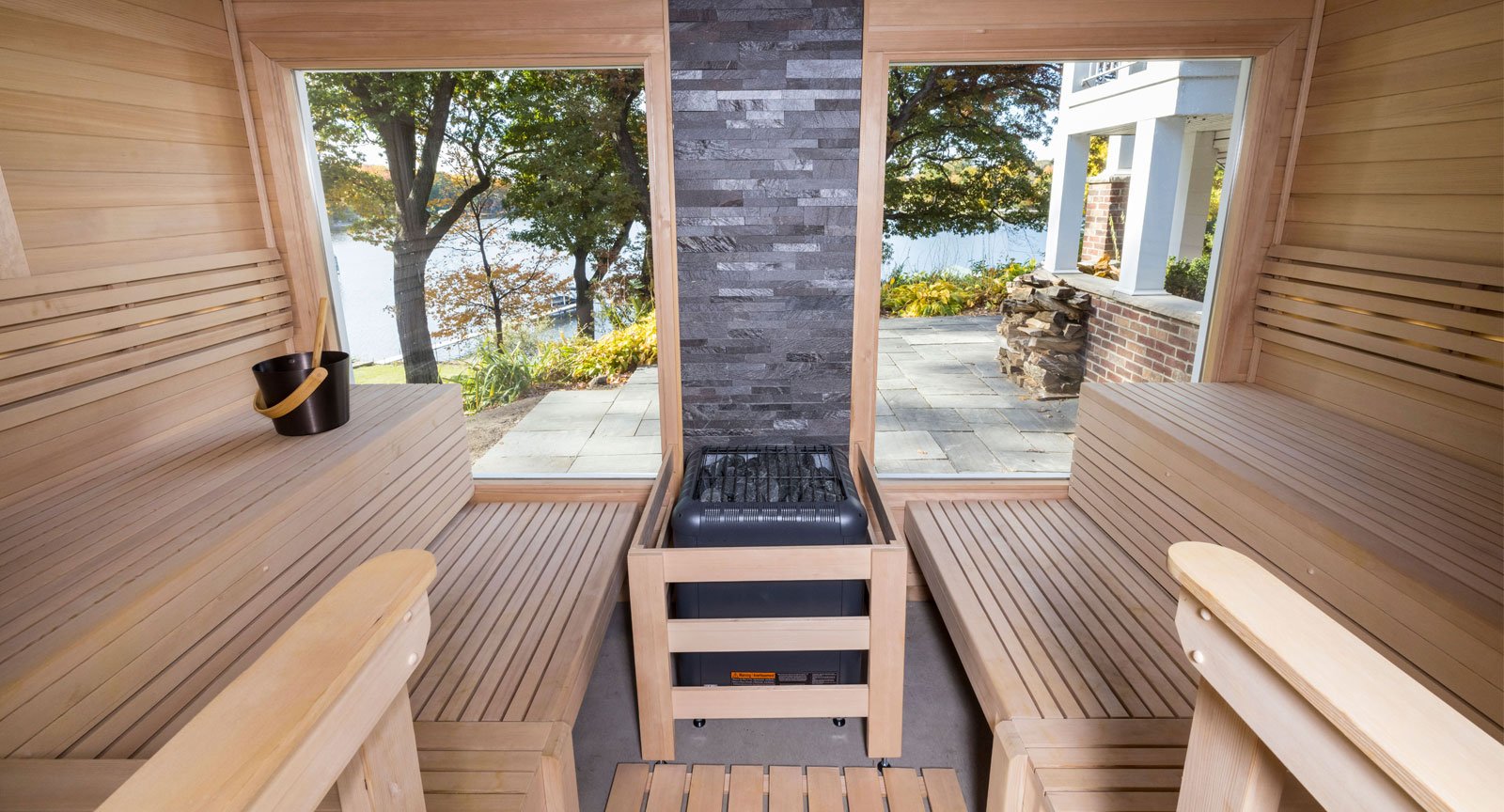Not known Details About Traditional Sauna
Not known Details About Traditional Sauna
Blog Article
The Ultimate Guide To Traditional Sauna
Table of ContentsHow Traditional Sauna can Save You Time, Stress, and Money.What Does Traditional Sauna Mean?Excitement About Traditional SaunaTraditional Sauna Fundamentals ExplainedTraditional Sauna Fundamentals Explained
A lot of the weight lost in a sauna is water loss and is re-gained upon rehydrating. Without a doubt sauna can be an important part of a healthy weight loss program. To check out the differences in between typical and IR saunas, I will separate these into verifiable, academic, and produced differences.Hence, the best factor in the saunawhich goes to the ceiling directly above the sauna heateris generally between 185 and 190 F. Claims that a traditional sauna goes beyond 200 F is just not true and not relevant for electric saunas marketed in the United States. The temperature for a far-infrared sauna is normally set between 120 and 140 F; however, unlike the traditional sauna, the goal in and IR area is not to accomplish a heat.
Since of this, the temperature level difference is practically irrelevant, considering that profuse sweating results in both sauna kinds, however the approach of heating the body is various. In an IR sauna the bather will certainly feel warm and will certainly sweat a lot, but at much reduced temperature levels (Traditional Sauna). Therefore, if the objective is to invest longer time periods in the sauna, the IR sauna is a great option
When a conventional sauna has actually been appropriately warmed, the sauna wall surfaces are cozy, the air temperature level has actually attained established temperature and the rocks are extremely warmed. As a fascinating side note, the heated wall surfaces and the rocks are releasing far-infrared warm, incorporated with the heated air, to produce an "enveloping warm".
Traditional Sauna - The Facts

When the high temperature is attained, the components cycle on and off to maintain the heat. Most traditional sauna individuals delight in putting water over the rocks to create steam to increase sauna moisture levels. The advantages of pouring water over the rocks include: making the room extra comfortable, dampening the nasal flows, and enabling the use of aromatherapy by mixing crucial oils with the water.

When the power gets in the body, it causes the body temperature to raise and ultimately causes sweating. In an infrared sauna it is necessary for the emitters/heaters to stay on almost frequently. Considering that there is no mass of rocks to retain warmth, the sauna will cool down if the emitters shut down.
As pointed out above, the sauna bather in an infrared space desires to position himself in front of running emitters to get maximum take redirected here advantage of the warmth. The home heating time for the 2 areas can be very various, depending upon exactly how the rooms are used. For a typical sauna, a bather needs to permit 30-40 minutes for the area to attain a wanted temperature and to properly pre-heat the rocks.
Examine This Report on Traditional Sauna
A well constructed sauna will usually accomplish a temperature of 150-160 F in concerning 30-40 mins. For hotter temperature levels, the area might require to warm for a longer period.

Typical saunas often tend to be larger (hence utilize more electricity) than infrared saunas, although standard saunas are certainly available in one and 2 individual dimensions also. For a two-person typical sauna, 5x6 or 5x7 dimension is most popular. The top bench can conveniently seat 2 or 3 people and is also enough time to lie down during the sauna session.
Fascination About Traditional Sauna
The ordinary expense per kWH of electricity in the united state is roughly $0.11, so a 4.5 kW heater will cost roughly $.50 to run for one hour, if the heating unit runs continually for one hour. Usually a sauna heating unit will certainly run for 75% of the initial hour and 50% of subsequent hours on because the elements cycle once the established temperature is More Help achieved.

Ultimately, there is a rarely gone over distinction in the social experience in between the 2 rooms. While our society has lost some of the social advantage of the conventional sauna experience, it can be really socially fulfilling (Traditional Sauna). From household time in the sauna, to heart-felt conversations with better halves, to sauna partiesthe conventional sauna experience can result in intimate socializing
Traditional Sauna Fundamentals Explained
The majority of greater end infrared areas consist of tinted light treatment, audio systems and full-glass fronts.
Report this page